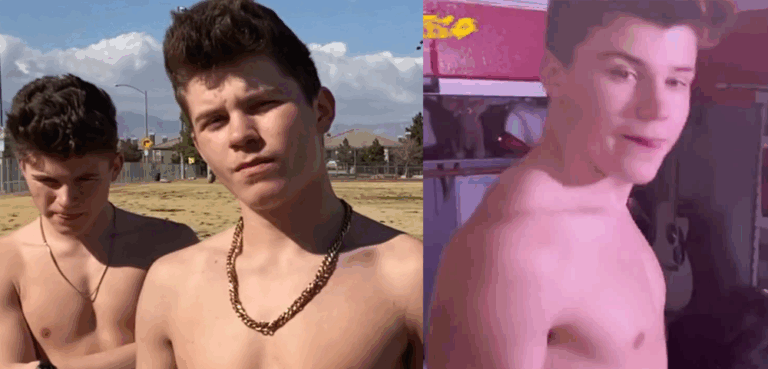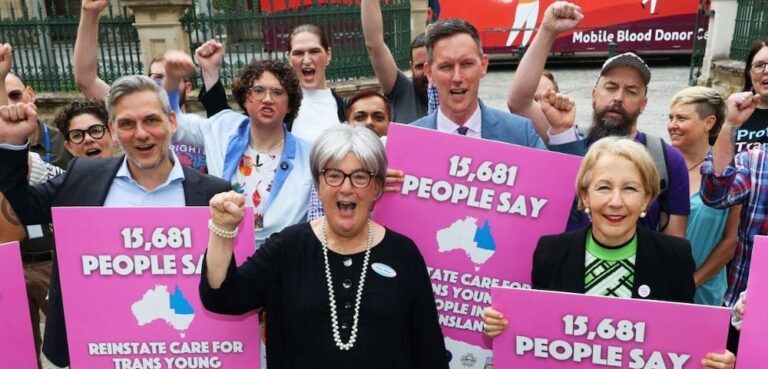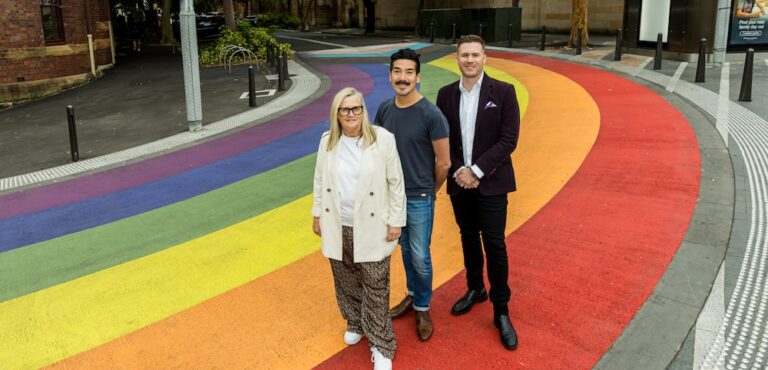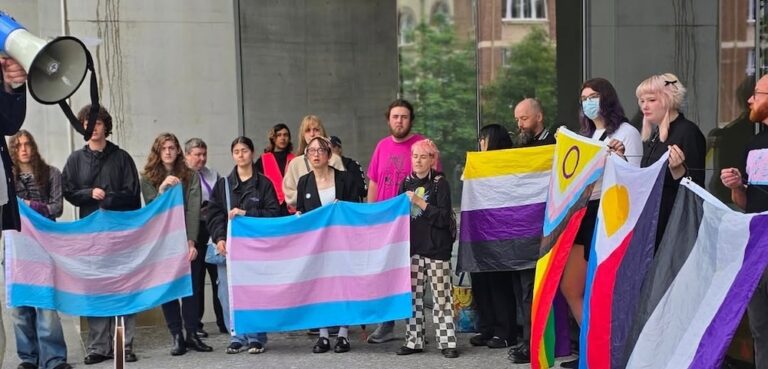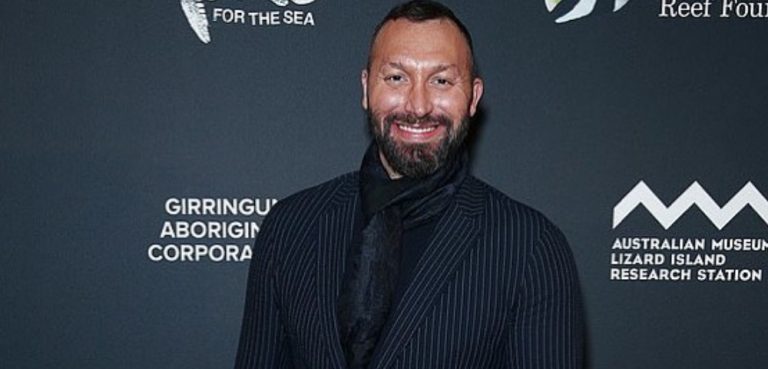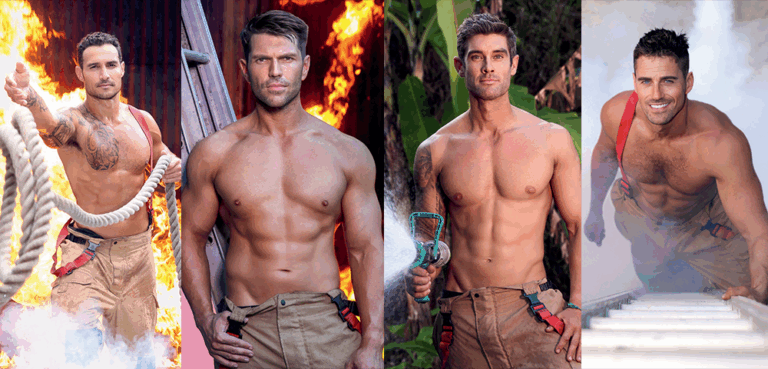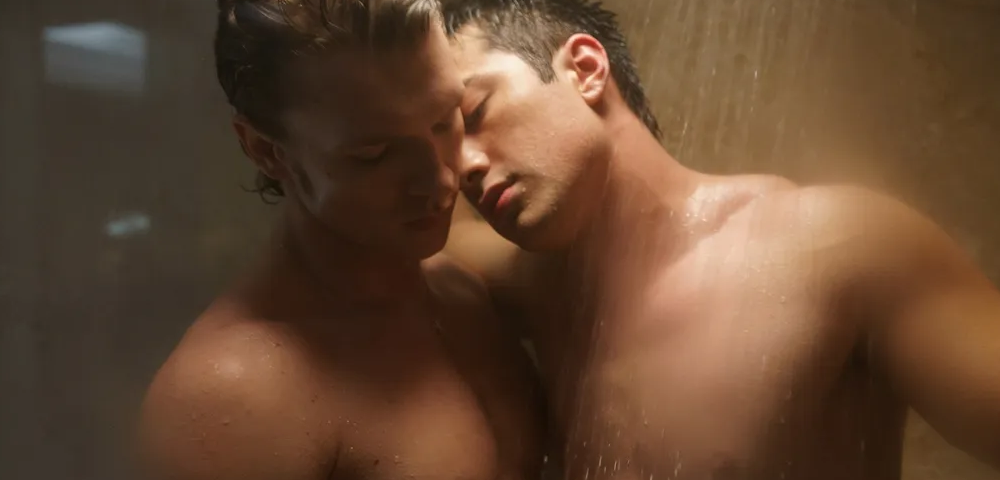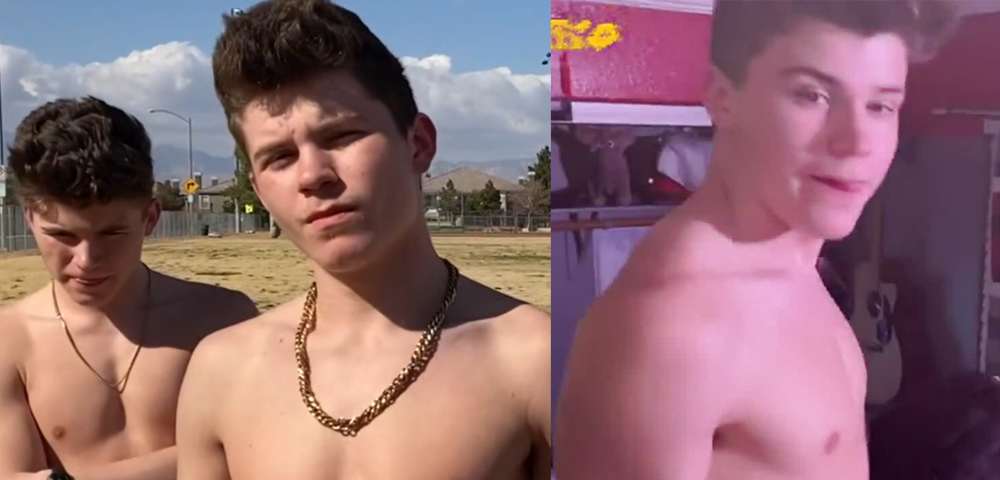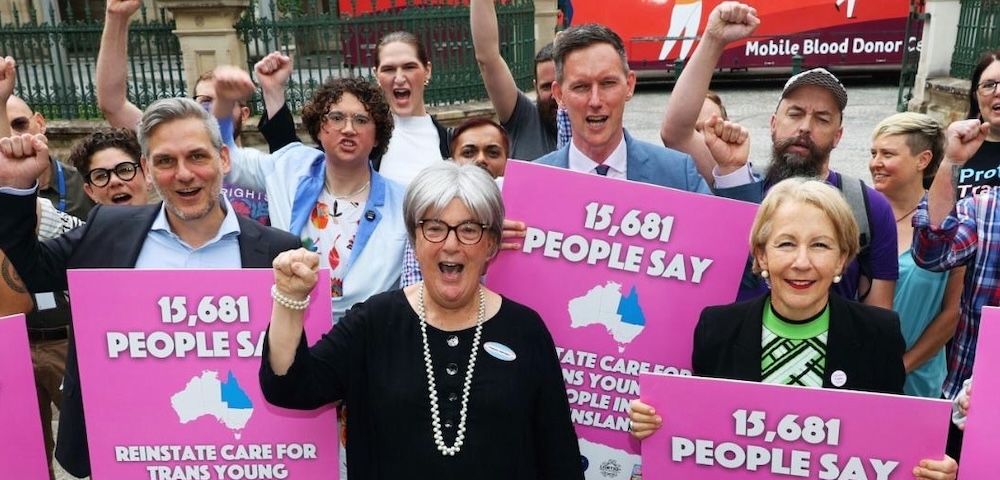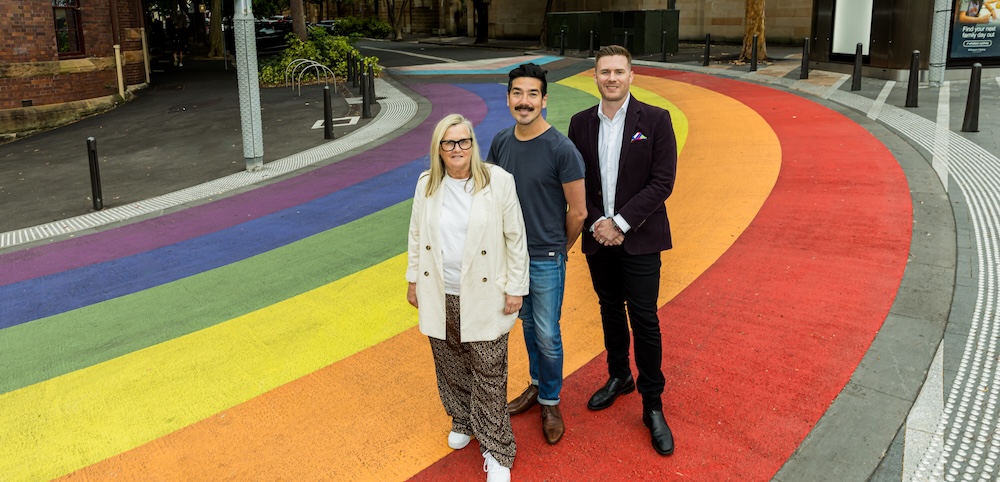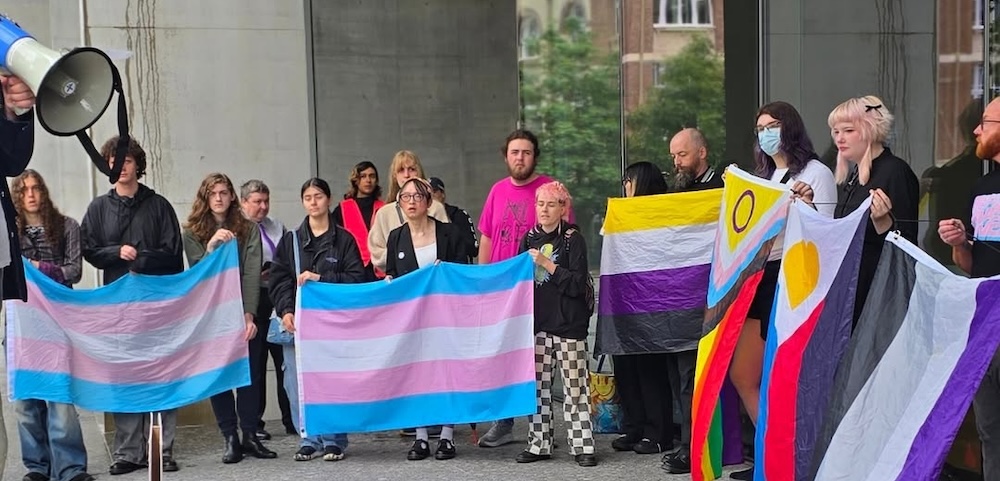
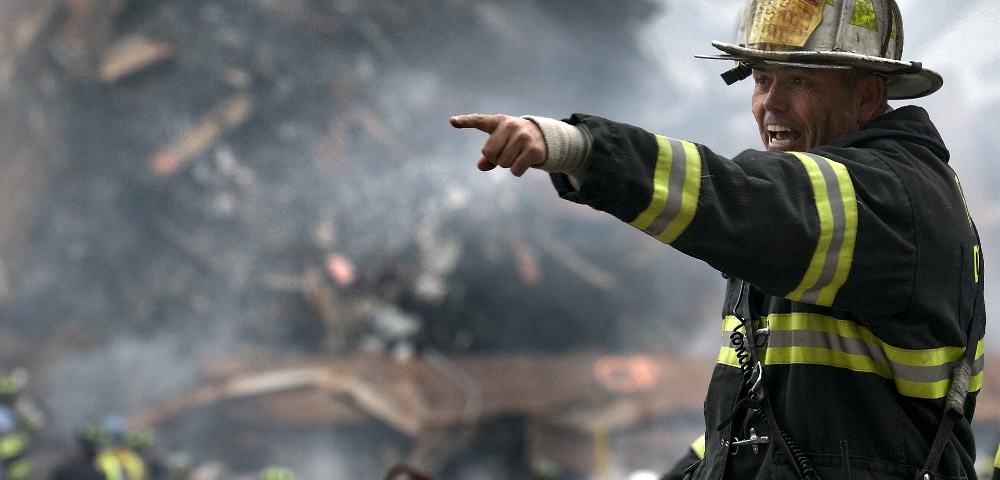
By Dale Dominey-Howes
As we move towards summer, it’s time to remember the ‘disaster season’ is almost here.
When disaster strikes, not everyone is affected the same way. Research shows the experiences of LGBTIQA+ people are frequently very different to those of heterosexuals. While LGBTIQA+ individuals are frequently lumped together as one “community”, in reality, there are multiple communities, and each has particular experiences of disasters.
Together with Andrew Gorman-Murray and Scott McKinnon, I set out to explore the experiences of LGBTIQA+ people during and after disasters such as bushfires, floods, tropical cyclones and earthquakes in Australia and New Zealand.
We examined how disasters affected these people and communities, about their experiences with government and other support agencies and what positive experiences they had of resilience, coping and adapting.
‘You never know if you will be treated properly and with respect’
Disaster preparedness, response and recovery arrangements and services should be uniformly available to all and sensitive to the unique needs different members of LGBTIQA+ populations have 🌈 https://t.co/9g8Zc08VsE pic.twitter.com/4I6Cj3VY9w
— UNDRR (@UNDRR) August 29, 2021
LGBTIQA+ people experience vulnerability to disasters in unique ways. Fear, marginalisation, misunderstanding, exclusion and discrimination are all factors to deal with, on top of the other personally and financially devastating impacts of disaster.
Many LGBTIQA+ people are not out about their sexual and gender identities. For example, if your home is damaged or you need to evacuate to a public shelter shared with hundreds of strangers, your identity becomes really visible.
One person told us that following the floods in Brisbane in 2011: “I wasn’t fully out at this time so I already had to hide things.”
In many instances, becoming “visible” when disaster strikes resulted in verbal abuse or worse. One person told us that while videoing the Brisbane flooding, he was accused of being a paedophile.
Accessing support services can be stressful and problematic, with one person telling us: “It is always a bit of a concern outing myself.”
“I had to shut off some part of my identity at home”
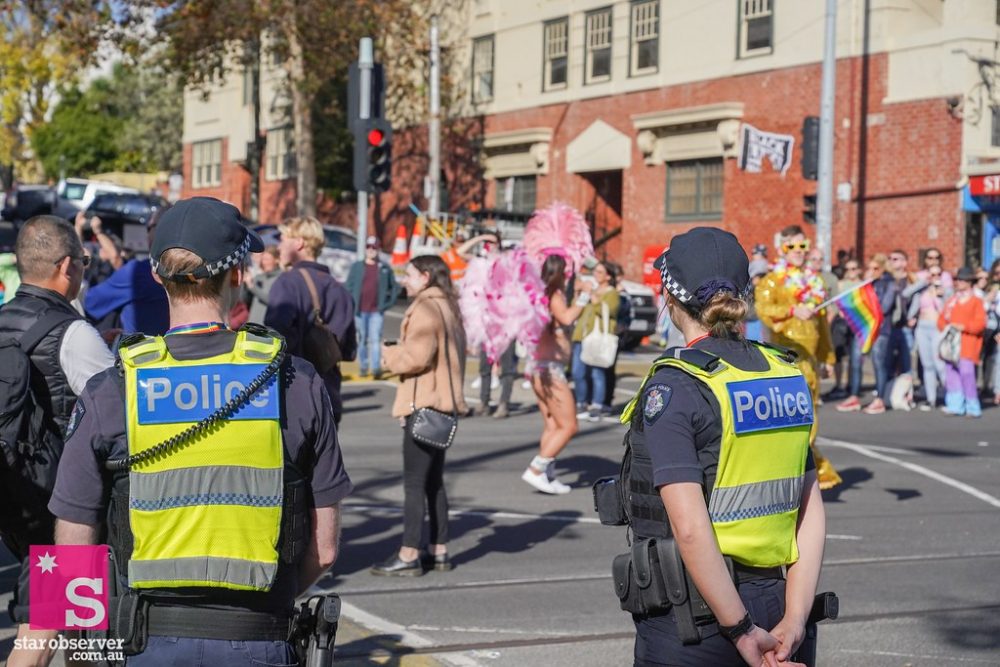
Uncertainty can weigh heavily on some. Alice a trans woman from Queensland explained:
Discrimination when accessing mainstream services is always an issue – you never know if you will be treated properly and with respect.
Another said: “I would have been concerned my relationship may not have been accepted in mainstream support services.”
A genderqueer person described how, “I was concerned that if I needed direct contact assistance that I would have been either judged or misidentified concerning my gender.”
If your home is damaged, moving in with parents or other family isn’t always a simple solution, as stories from some people made clear: “I went home and was stuck in the house all week with my family because I can’t drive and there was no public transport […] My family were not aware at the time that I was dating anyone – and it wasn’t something I was going to disclose – so it wasn’t something I could talk about.”
“I stayed with my cousins, who were quite conservative […] I had to shut off some part of my identity for a little while.”
We also found an absence of queer stories from most mainstream media coverage contributed to a narrative that constructed disasters as experienced exclusively by heterosexual families.
Unwelcoming Spaces
In evacuation shelters, bathrooms and toilets are usually divided in to “male” and “female” spaces. For some LGBTIQA+ people, being forced into a female/male bathroom space where their bodies become visible to others can be highly traumatic. That’s often due to previous experiences of discrimination, harassment and violence.
For trans people — particularly those in a process of transitioning — female/male only public bathrooms are really problematic.
Some people spoke of being blamed for disaster. After the earthquake in Christchurch, a gay man in Christchurch explained:
There were religious nutters saying the queers had caused the quakes.
In the wake of flooding, one person said: “People were targeting groups of gay people in town as our ‘behaviour’ had brought this upon the community as a whole.”
Emergency response services are usually outsourced to third party, faith-based institutions. As many know, such organisations have not always been particularly welcoming of LGBTIQA+ people!
Pandemics Are Disasters Too
The current COVID-19 pandemic is also a disaster and an example of how pandemics can be experienced differently by many LGBTIQA+ people (especially those who are younger and in precarious work or housing).
The current pandemic forced some LGBTIQA+ people to move to their parental home after losing work or their own home. This can force people back into the closet as they try to fit into expectations of unwelcoming families — an incredibly stressful experience.
Resilience And Mutual support
We also learned many good news stories of resilience, coping and adaptation. Following disaster for example, online communities of support spontaneously emerged where people advertised safe accommodation for others and provided care and support packages.
Some people spoke of relying on the LGBTIQA+ community for help: “I wasn’t going to leave my place but my LGBT friends (that live 10 houses away) woke me in the middle of the night to inform me both ends of our road had flooded in. We ended up getting my car out, through back yard access and knocking down a fence.”
Where to from here?
The United Nations states disaster preparedness, response and recovery services should be available to all, but sensitive to the specific needs different community members have. I together with colleagues from around the world are working with the UN Disaster Office to get the inclusion of LGBTIQA+ people on to the international disaster agenda – a lot still needs to be done.
More research is needed on the experiences and needs of LGBTIQA+ people (including those of faith) and how faith-based institutions might support LGBTIQA+ inclusive response and recovery. We also need to understand the experiences of queer members of the emergency services to ensure they are supportive and inclusive.
Professor Dale Dominey-Howes (School of Geosciences, The University of Sydney) works on disaster and risk assessment and management of natural (and human made) events and how communities can be more resilient to their impacts.
